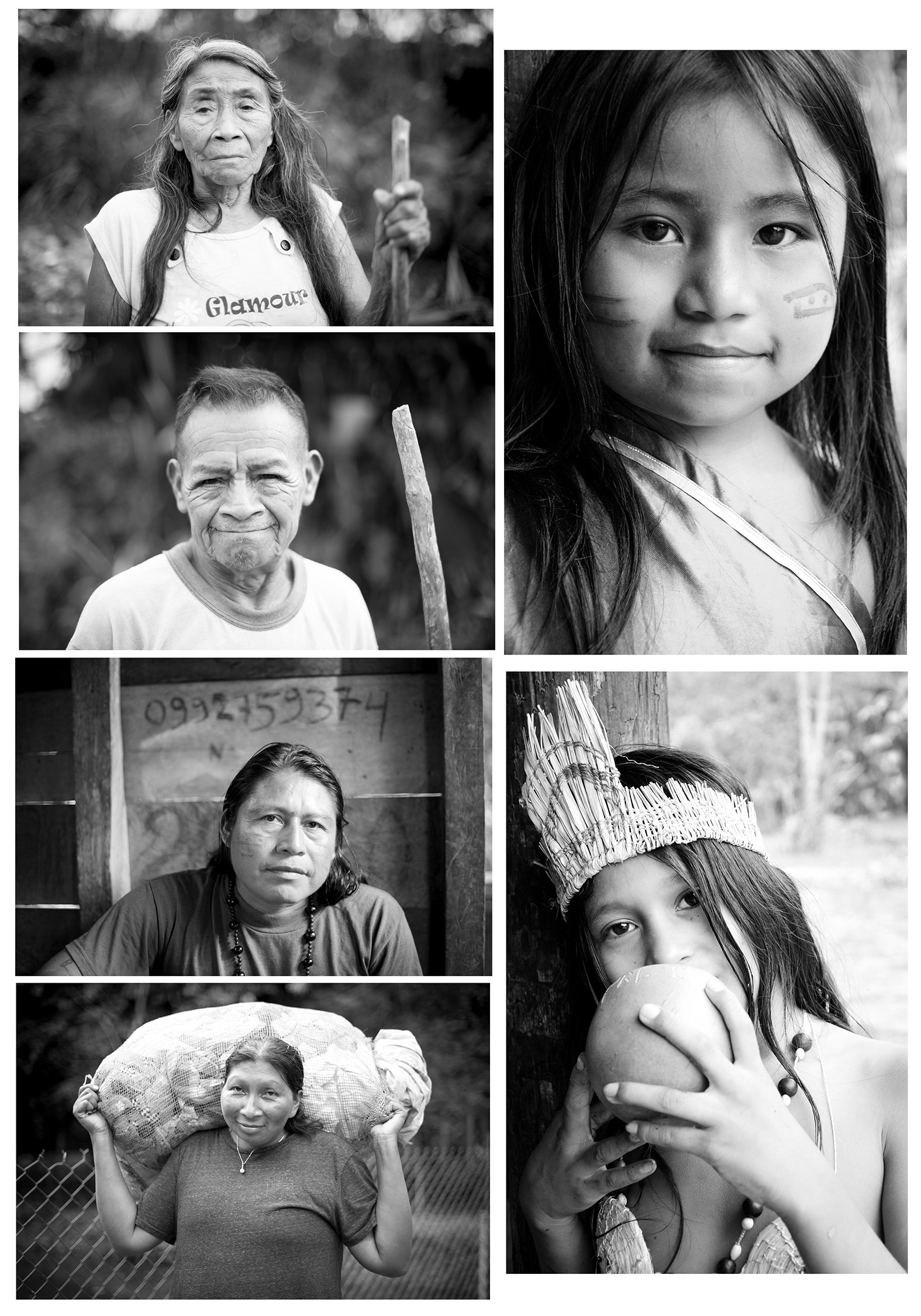Documentary work 2008-2023Kat Beyle studied advertising for 3 years at the Universidad del Mar in Chile, where she discovered photography through an art history course. It was at that moment when everything made sense and she decided to change her career path, subsequently pursuing documentary photography at the Incacea Institute in Santiago. Since her graduation in 2009 she has undertaken various works and personal projects, which you can discover in this page.
Abandoned Treasures 2008
Beginnings in documentary photography. I have always been fascinated by other cultures, the unknown, and nature. My initial records showcase images of abandoned places in Valparaíso.
Opre Gitanos 2010
This is the name of a project I carried out for my final exam at Incacea. I worked with local gypsies for a year. The idea was to showcase their culture, the striking colors of their tents, attire, and to capture the essence of their daily life. Their culture is very fascinating, and I've always felt an affinity for nomadic lifestyles and the sense of detachment, even though I hadn't traveled alone until that point. But I recall that my first journey came shortly afterward to Chaitén, where "Señora María," my gypsy protector, inspired me to travel.
Kamak Maki, Ecuador 2015
I had the privilege of spending a period with this community led by "Don Alonso" (color photo), who safeguards the Quechua culture from the encroachment of illegal gold mining. He and his wife protect vast stretches of land and strive to preserve their culture for future generations. The elders in the community don't speak Spanish, only Quechua, and they don't even know their own ages. It's a community I would love to return to and assist with more resources.
Vietnam 2019
This was the final journey I embarked upon before the pandemic. In fact, I returned to New Zealand in February, and by March, the borders had closed. I was incredibly fortunate to have the opportunity to experience this breathtaking culture, with landscapes and temples that leave you speechless, much like the faces of its people. I could sense the pain that the country carries (especially the elderly, who lived through the times of war).
Matariki and Hangi Preparation 2023
The Māori cultural tradition of Matariki, also known as the Māori New Year, holds a significant place in the hearts and calendars of New Zealanders. Matariki marks the rising of the Pleiades star cluster and signifies a time of reflection, renewal, and connection with both the land and the heavens. During this celebration, communities come together to honor the past, celebrate the present, and look forward to the future.
One of the most cherished aspects of the Matariki celebration is the preparation and sharing of a traditional Māori feast known as "hangi." The hangi is a cooking method that involves preparing and cooking an assortment of foods beneath the earth, using the natural heat generated by heated stones buried in a pit. This ancient method not only imparts a unique flavor to the food but also symbolizes the deep connection between the Māori people and the land they inhabit.
Aotearoa Landscapes: Capturing the Essence of New Zealand's Beauty
The project "Aotearoa Landscapes" embarked on a visual journey across various locations in New Zealand. This collection of breathtaking landscapes sought to do more than capture scenes; it aimed to encapsulate the very essence of Aotearoa's pristine beauty.
Named after the Maori term for New Zealand, "Aotearoa Landscapes" set out to pay homage to the land of the long white cloud. Each photograph within this project serves as a testament to the majesty and diversity of the New Zealand terrain. From rugged mountains to serene lakes, lush forests to rugged coastlines, the collection embodies the multitude of landscapes that define this picturesque nation.









